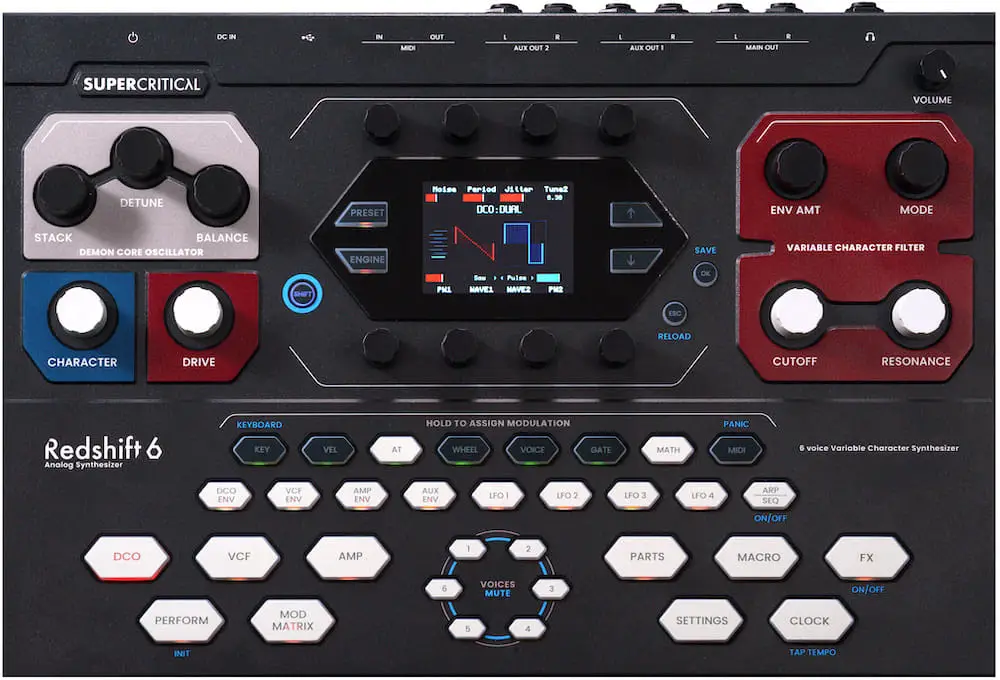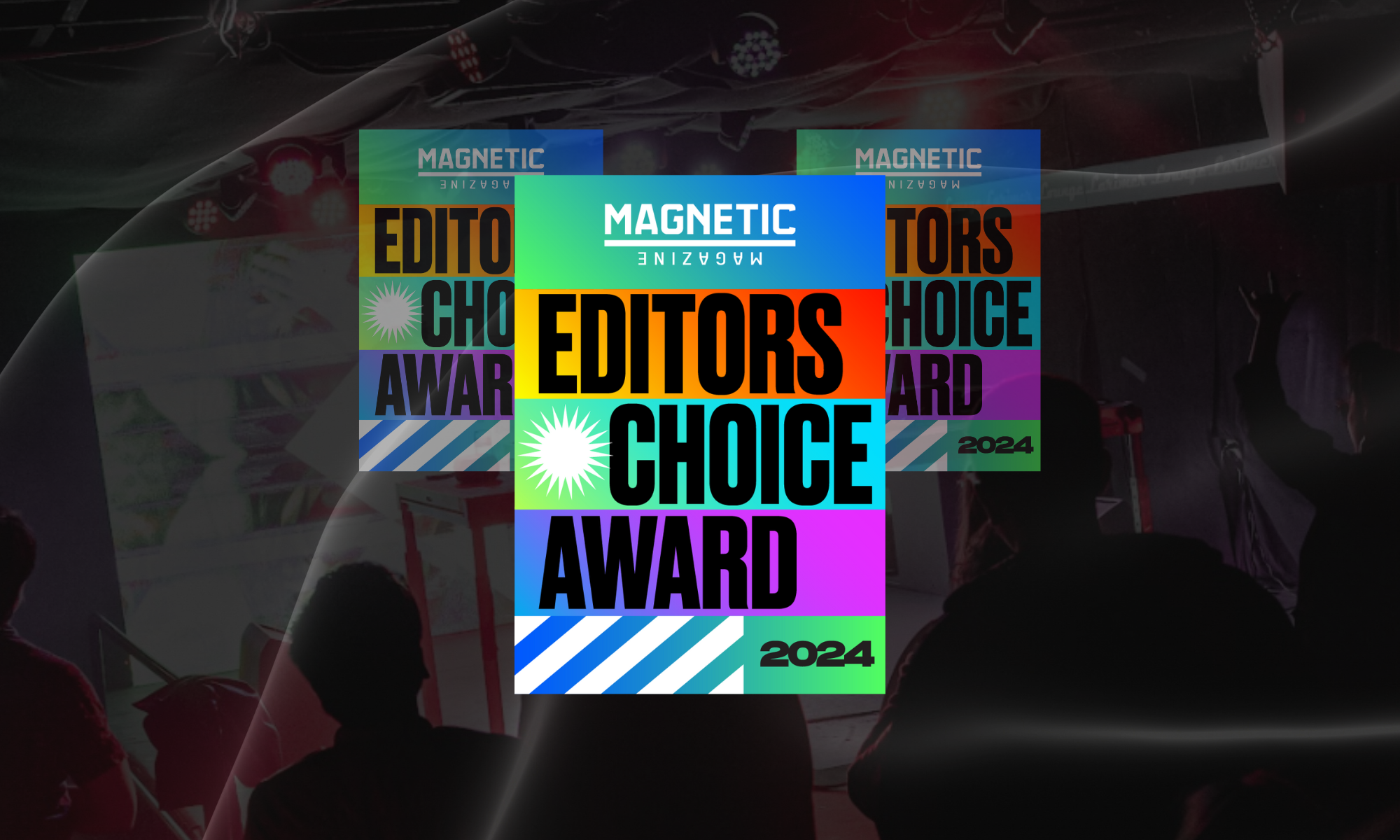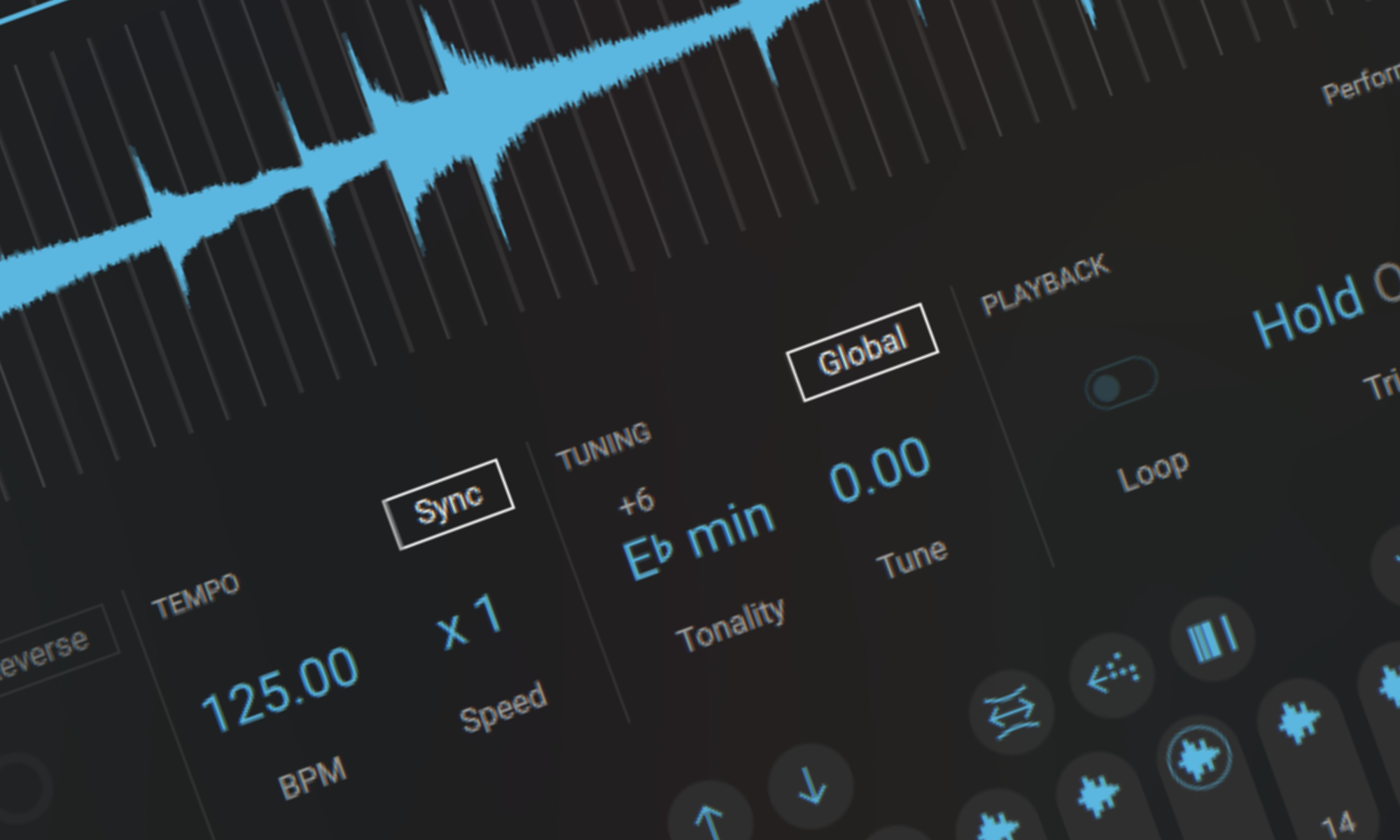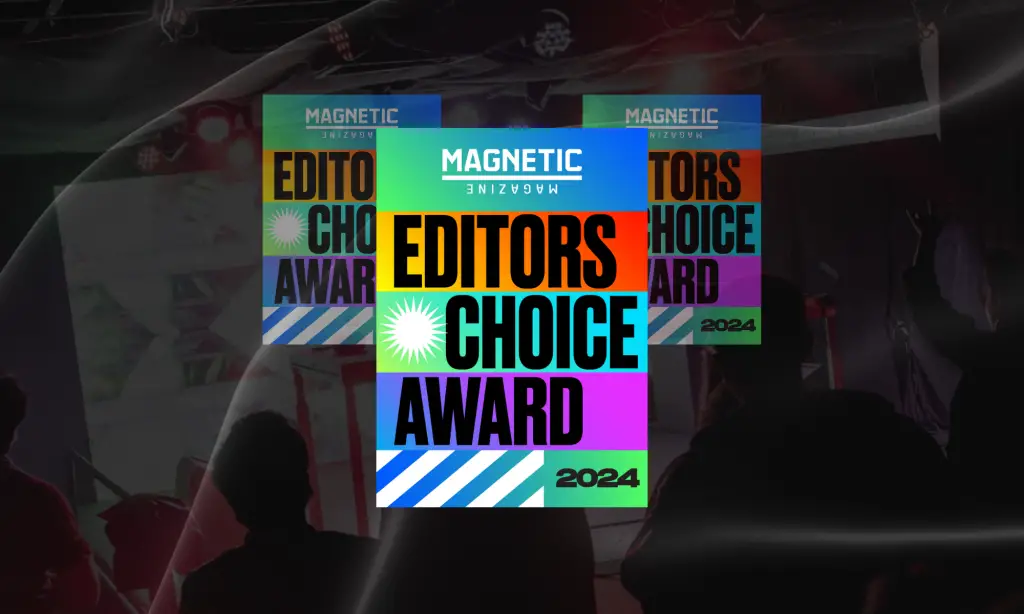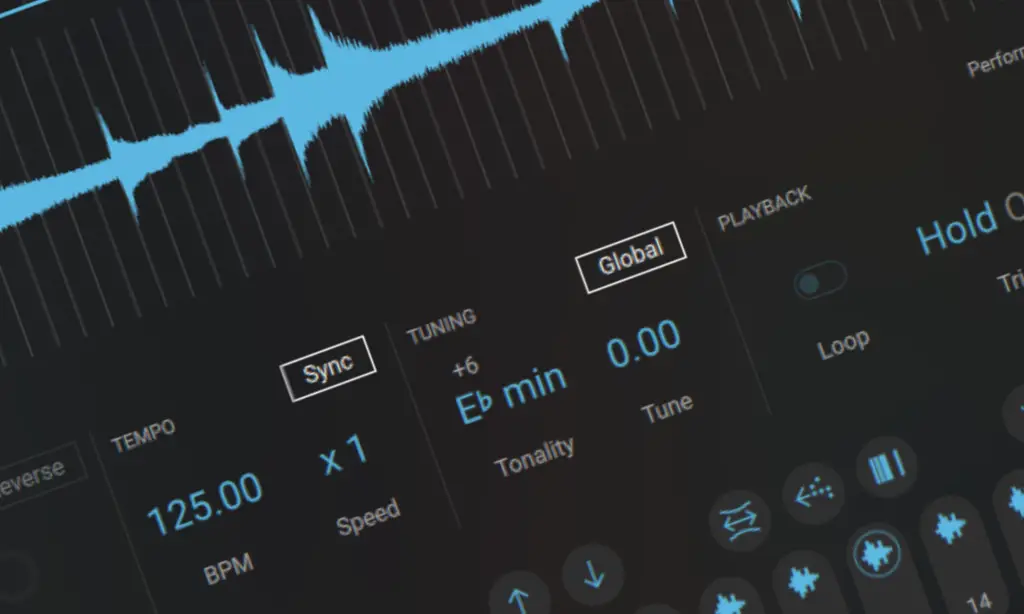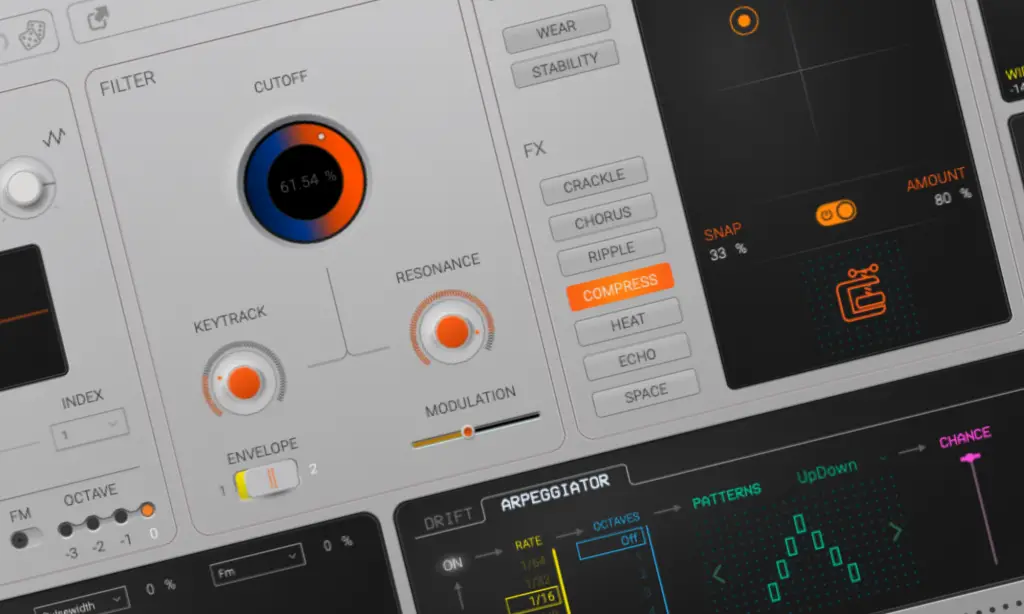Table of Contents
Well, it finally happened. After years of making waves in modular synthesis with their Demon Core Oscillator and Neutron Flux Filter, Supercritical is stepping out with their first-ever desktop synthesizer, the Redshift 6. Premiering at SUPERBOOTH24 and Machina Bristronica, this little beast turned plenty of heads—and for good reason. Now, as of December 16, the Redshift 6 is officially available, and it’s ready to prove that good things come in small, ridiculously powerful packages.
Supercritical calls it a 6-voice Variable Character Synthesizer, and that’s more than just a catchy tagline. From vintage polysynth lushness to razor-sharp digital precision, the Redshift 6 is here to flex its versatility. Whether you’re all about creamy pads or twisted, experimental textures, this synth can deliver—and then some.
What Makes the Redshift 6 So Special?
The Redshift 6 is all about flexibility without sacrificing personality. Each of its six voices features a Digitally-Controlled Oscillator (DCO) capable of producing up to 16 analog oscillators per voice. Yes, you read that right—sixteen oscillators per voice. And unlike some digital synths that sound sterile when pushed, the Redshift 6 stays warm and rich, all while offering precision control for tuning, gain staging, and filtering.
Speaking of filters, the Variable Character Filter is the real deal. This analog 4-pole filter is fully digitally controlled, which means it can sound like just about any vintage filter you can think of—and plenty you haven’t. From buttery smoothness to aggressive resonance, it’s all here.
Beyond the core sound design tools, you get modern must-haves like multitimbrality, MPE support, and built-in stereo DSP effects. It’s a perfect blend of analog and digital, and the results are nothing short of stunning.
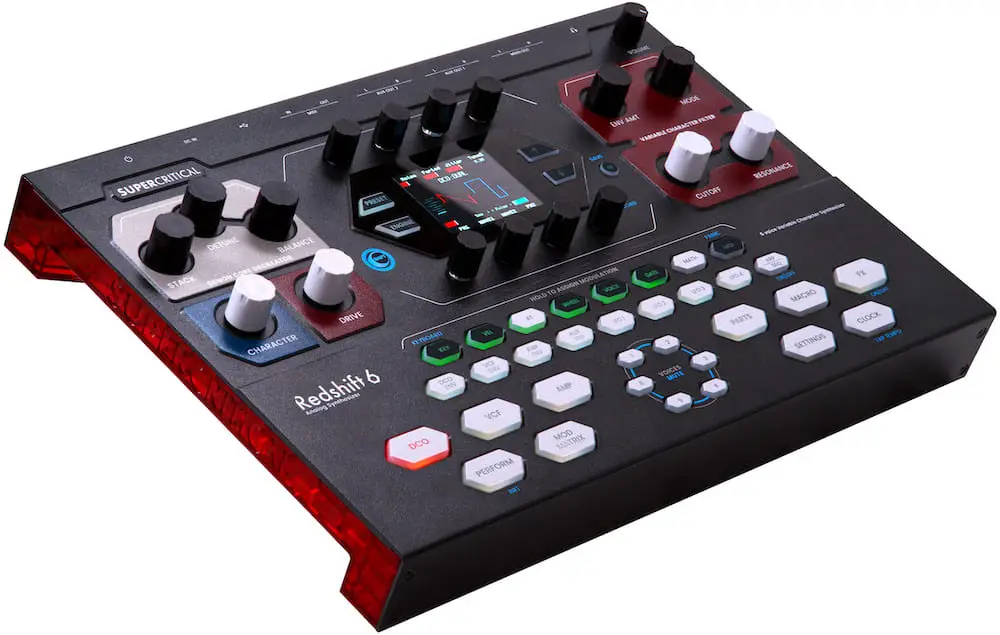
Flexible Voices for Any Workflow
Here’s where things get wild. Those six voices? They can be configured in ways that feel borderline illegal. Want traditional six-voice polyphony? Easy. How about a dual-layer mode with 3+3 voices? No problem. Prefer to treat each voice as its own monophonic synth with unique patches and individual outputs? Done. You can even go paraphonic, giving each voice up to 16-note paraphony.
The real kicker? You can chain the filters from one voice to another. That’s next-level sound design potential in a desktop form factor.
A Modern UI That Works for You
Synthesists know the pain of menu-diving, but Supercritical kept that to a minimum with the Redshift 6. The synth features a 2.7-inch TFT IPS color screen, surrounded by eight clickable endless potentiometers for tactile control. A grid of shortcut buttons keeps navigation quick, and there’s plenty of hands-on access to essentials like DCOs, filters, and amplifiers.
When it’s time to dive deeper, the MOD MATRIX and modulation grid make assigning and tweaking modulations a breeze. There’s even a MACRO mode with six user-assignable buttons, perfect for live performance or instant sound morphing.
Sleek, Compact, and Built for the Modern Studio
The Redshift 6 is designed for the modern producer. At 378 mm x 254 mm x 63 mm, it’s compact enough to fit in any setup but substantial enough to feel like a serious instrument. The back panel is packed with connectivity options, including MAIN OUT (L/R), two AUX OUT pairs, DIN MIDI IN/OUT, and a USB-B port. Of course, there’s a headphone jack too, because sometimes you just want to jam without waking the neighbors.
Weighing in at 3.5 kg, it’s portable but solid—exactly what you’d want from a desktop synth built to last.
FAQs: Everything You Need to Know About the Redshift 6
What is a Variable Character Synthesizer?
It’s a synth that can deliver multiple tonal personalities. The Redshift 6 shifts effortlessly between analog warmth, digital clarity, and gritty distortion, making it an all-in-one powerhouse.
Is the Redshift 6 good for live performance?
Absolutely. With its compact design, shortcut buttons, and assignable MACRO mode, it’s ready to handle live gigs. Plus, its deep multitimbral capabilities let you pull off complex setups on stage.
Does the Redshift 6 support MPE?
Yes! The Redshift 6 fully supports MIDI Polyphonic Expression, allowing for incredible nuance and depth with MPE-compatible controllers.
How do the filters work?
The Variable Character Filter is analog but under digital control. It can mimic classic vintage filters or push into new sonic territory, offering flexibility that few synths can match.
Can I expand its features in the future?
Supercritical designed the Redshift 6 as a flexible platform. Future software updates could add new engines or features, ensuring the synth stays fresh and powerful.
Final Thoughts: Supercritical Has a Winner
The Redshift 6 isn’t just a great debut—it’s a statement. Supercritical took their expertise in oscillators and filters, added cutting-edge digital control, and wrapped it all in a sleek, intuitive package. The result? A synth that’s equally at home in the studio or on stage, ready to tackle everything from cinematic soundscapes to club-shaking basslines.
Whether you’re a seasoned synth enthusiast or a newcomer looking for a powerhouse instrument, the Redshift 6 deserves your attention. It’s versatile, expandable, and, most importantly, fun. Supercritical’s bold step into desktop synths feels like the start of something big—and we can’t wait to see where they go next.
Will Vance is a professional music producer who has been involved in the industry for the better part of a decade and has been the managing editor at Magnetic Magazine since mid-2022. In that time period, he has published thousands of articles on music production, industry think pieces and educational articles about the music industry. Over the last decade as a professional music producer, Will Vance has also ran multiple successful and highly respected record labels in the industry, including Where The Heart Is Records as well as having launched a new label with a focus on community through Magnetic Magazine. When not running these labels or producing his own music, Vance is likely writing for other top industry sites like Waves or the Hyperbits Masterclass or working on his upcoming book on mindfulness in music production. On the rare chance he's not thinking about music production, he's probably running a game of Dungeons and Dragons with his friends which he has been the dungeon master for for many years.
